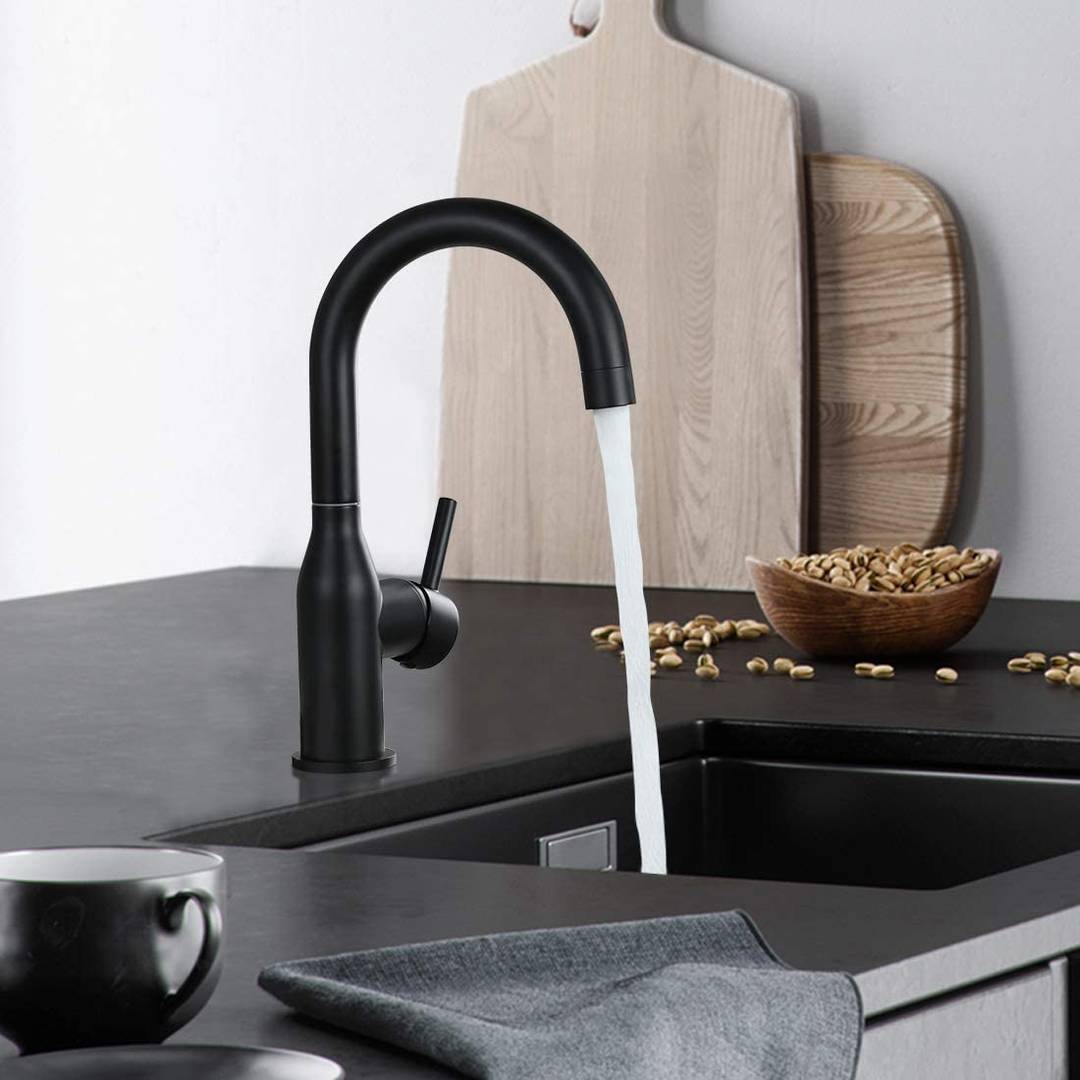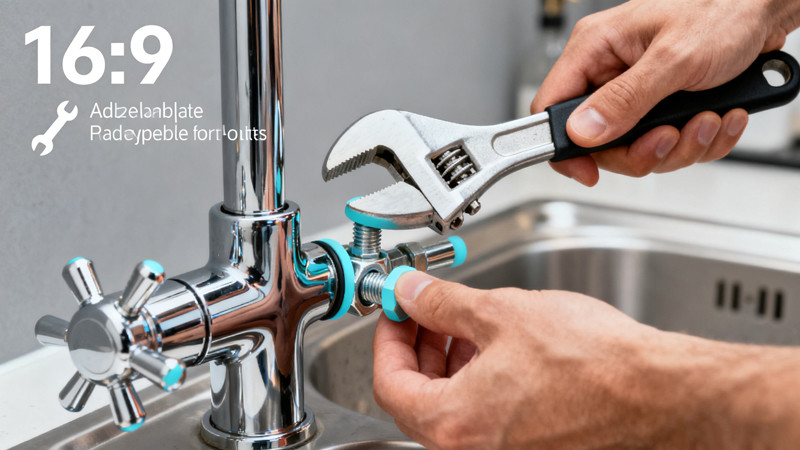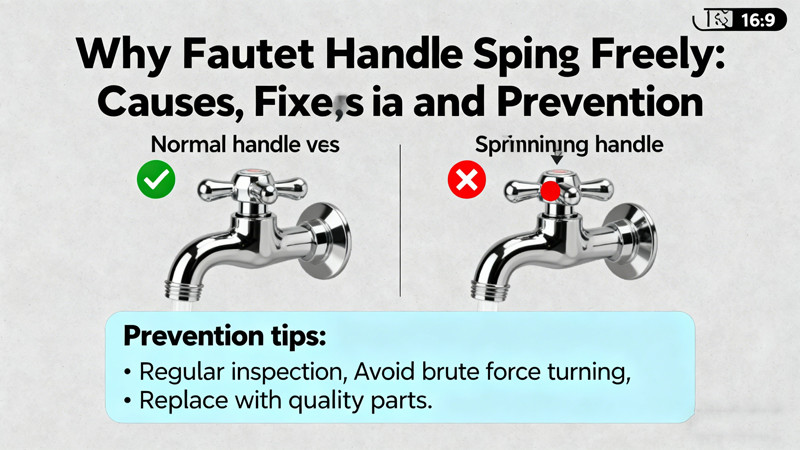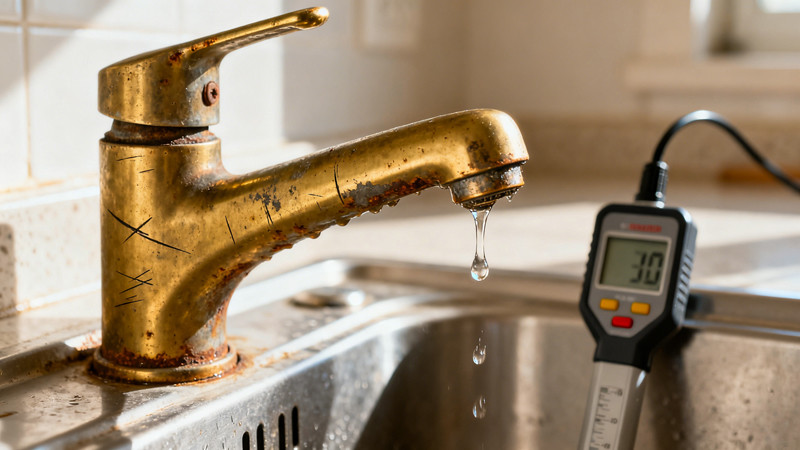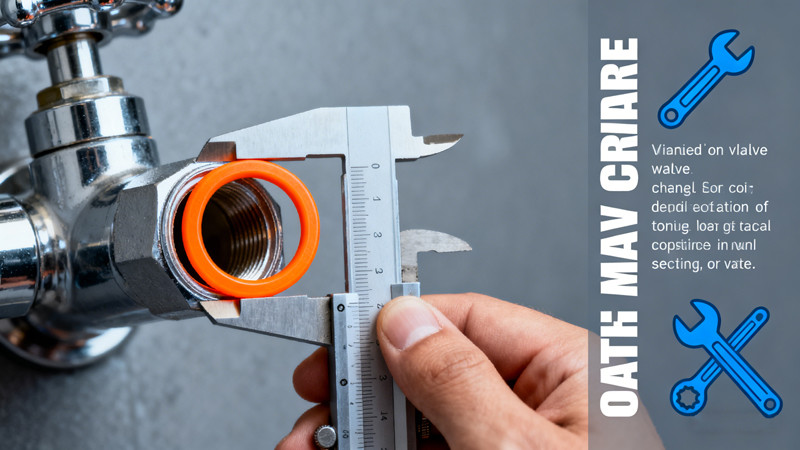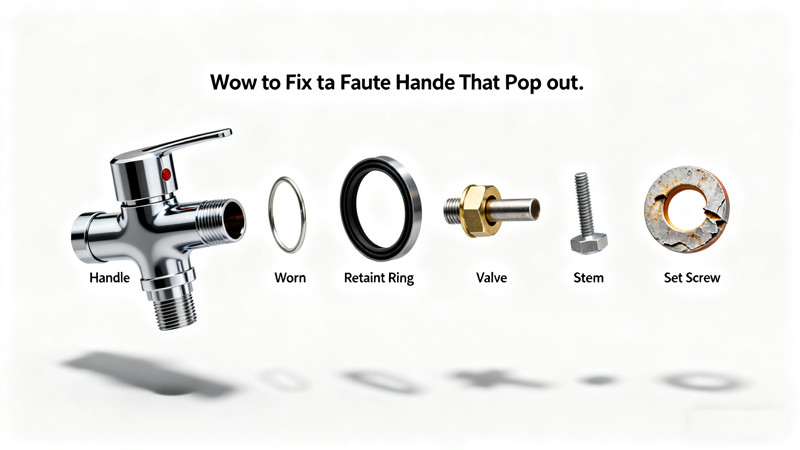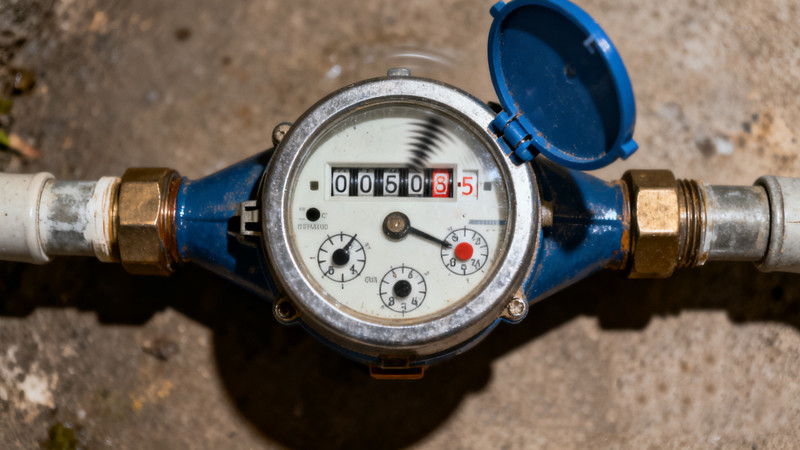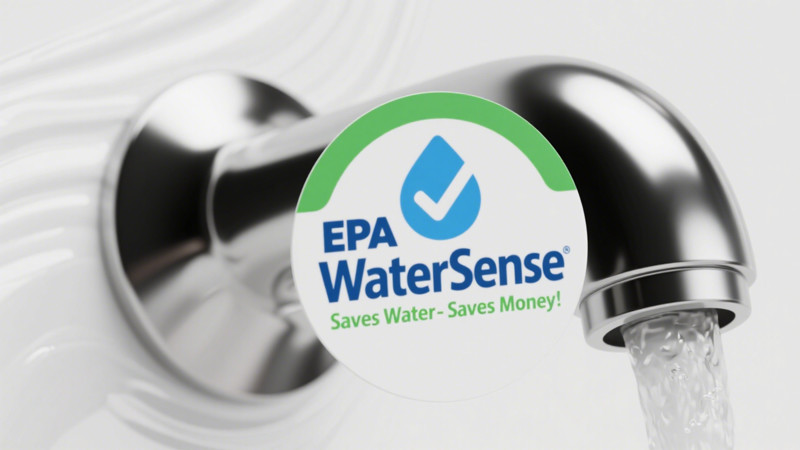
If you’ve ever shopped for a new faucet, showerhead, or toilet, you may have noticed a small label that says “WaterSense.” Endorsed by the U.S. Environmental Protection Agency (EPA), the WaterSense label is more than just a marketing feature—it’s a guarantee that the product you’re buying meets strict water efficiency and performance standards. In this post, we’ll break down what the EPAWaterSense label actually means, how it benefits you and the environment, and what to look for when selecting WaterSense-certified products.
What Is the EPA WaterSense Label?
WaterSense is a voluntary partnership program launched by the EPA in 2006 to promote water-efficient products and services. Think of it as the water-saving counterpart to the Energy Star label, which helps consumers identify energy-efficient appliances.
The EPA WaterSense label is awarded only to products that are at least 20% more water-efficient than standard models without sacrificing performance. To earn the label, products must undergo independent, third-party testing and certification.
You can find WaterSense-labeled options in the following categories:
- Bathroom sink faucets and accessories
- Showerheads
- Toilets
- Urinals
- Irrigation controllers
- Commercial pre-rinse spray valves
Why Water Efficiency Matters
Water is a finite resource, and with growing populations, climate change, and aging infrastructure, the demand on water supplies continues to increase. The average American family uses more than 300 gallons of water per day at home—roughly 70% of that is used indoors. Toilets, faucets, and showers account for a large portion of that consumption.
By using WaterSense-labeled products, households can significantly reduce their water use, ease the strain on municipal water systems, and lower their utility bills—all without sacrificing comfort or function.
WaterSense vs. Standard Fixtures
Let’s take a closer look at how WaterSense products compare to their traditional counterparts:
Toilets:
- Standard toilets use about 1.6 gallons per flush (gpf).
- WaterSense toilets use 1.28 gpf or less.
- Annual savings: ~13,000 gallons per household, depending on usage.
Showerheads:
- Standard showerheads use 2.5 gallons per minute (gpm).
- WaterSense showerheads use 2.0 gpm or less.
- That’s a 20% reduction in water use without sacrificing water pressure or spray performance.
Bathroom Faucets:
- Traditional faucets can flow at 2.2 gpm or higher.
- WaterSense-certified faucets cap flow at 1.5 gpm or less.
- Daily savings can add up quickly, especially in multi-person households.
How the WaterSense Program Works
To ensure credibility and transparency, the EPA doesn’t conduct the testing itself. Instead, WaterSense relies on independent licensed certifying bodies that rigorously test products for:
- Water Efficiency: The product must meet or exceed EPA specifications for water conservation.
- Performance: Products must perform as well as, or better than, conventional models.
- Label Integrity: Manufacturers are not allowed to self-certify or misuse the label.
This third-party verification ensures that consumers can trust the label to mean what it says.
The Benefits of Choosing EPA WaterSense
- Save Water
- WaterSense-labeled products save billions of gallons of water annually. According to the EPA, if every American household installed WaterSense-labeled fixtures, we could save 3 trillion gallons of water and over $17 billion in water and energy costs each year.
- Reduce Utility Bills
- Less water use means lower water bills. But the savings don’t stop there—using less hot water also reduces energy bills since you’re heating less water overall.
- Support Sustainability
- WaterSense helps protect our lakes, rivers, aquifers, and other sources of fresh water. By making more efficient use of these resources, we help preserve them for future generations.
- High Performance
- There’s a common misconception that low-flow fixtures mean low pressure. WaterSense products are tested to ensure they deliver strong, reliable performance in everyday use.
- Rebates and Incentives
- Many local utilities offer rebates and incentives for installing WaterSense-labeled products. These can include cash back on toilets, irrigation systems, or entire water audits.
What to Look for When Buying
When shopping for plumbing fixtures, packaging should clearly indicate if the product is WaterSense-certified. Look for:
- The blue and green WaterSense logo
- A flow rate (e.g., 1.5 gpm for a faucet, 1.28 gpf for a toilet)
- Certification details on the back or sides of the box
In some cases, retailers will also use in-store signage to guide you toward more eco-friendly options. Don’t be afraid to ask a sales associate or check the product’s manual online if you’re not sure.
WaterSense Beyond the Bathroom
While most people associate WaterSense with faucets and toilets, the program also certifies other water-using technologies:
- Irrigation Controllers: These “smart” devices adjust watering schedules based on local weather, soil moisture, and other environmental conditions—preventing overwatering and waste.
- Spray Valves for Commercial Kitchens: Restaurants and cafeterias can save thousands of gallons annually with WaterSense-approved pre-rinse spray valves used for dishwashing.
The Future of Water Efficiency
The EPA continues to expand the WaterSense program with the goal of encouraging more manufacturers to innovate in water-saving design. As technology evolves, we can expect even greater efficiency without compromising user experience.
For homeowners and builders, WaterSense is also an integral part of green building certifications, such as LEED (Leadership in Energy and Environmental Design). Using WaterSense products can contribute points toward achieving sustainable building goals.
Final Thoughts
The EPA WaterSense label is a powerful tool for homeowners, renters, builders, and commercial operators who want to make smarter choices for both their budget and the planet. By choosing products that meet WaterSense standards, you’re making a small change that has a big impact—saving water, saving money, and reducing your environmental footprint.
Next time you’re renovating a bathroom, upgrading your kitchen faucet, or installing a new sprinkler system, look for the WaterSense label. It’s one simple decision that helps ensure you get the most from every drop.
 WOWOW Faucets
WOWOW Faucets